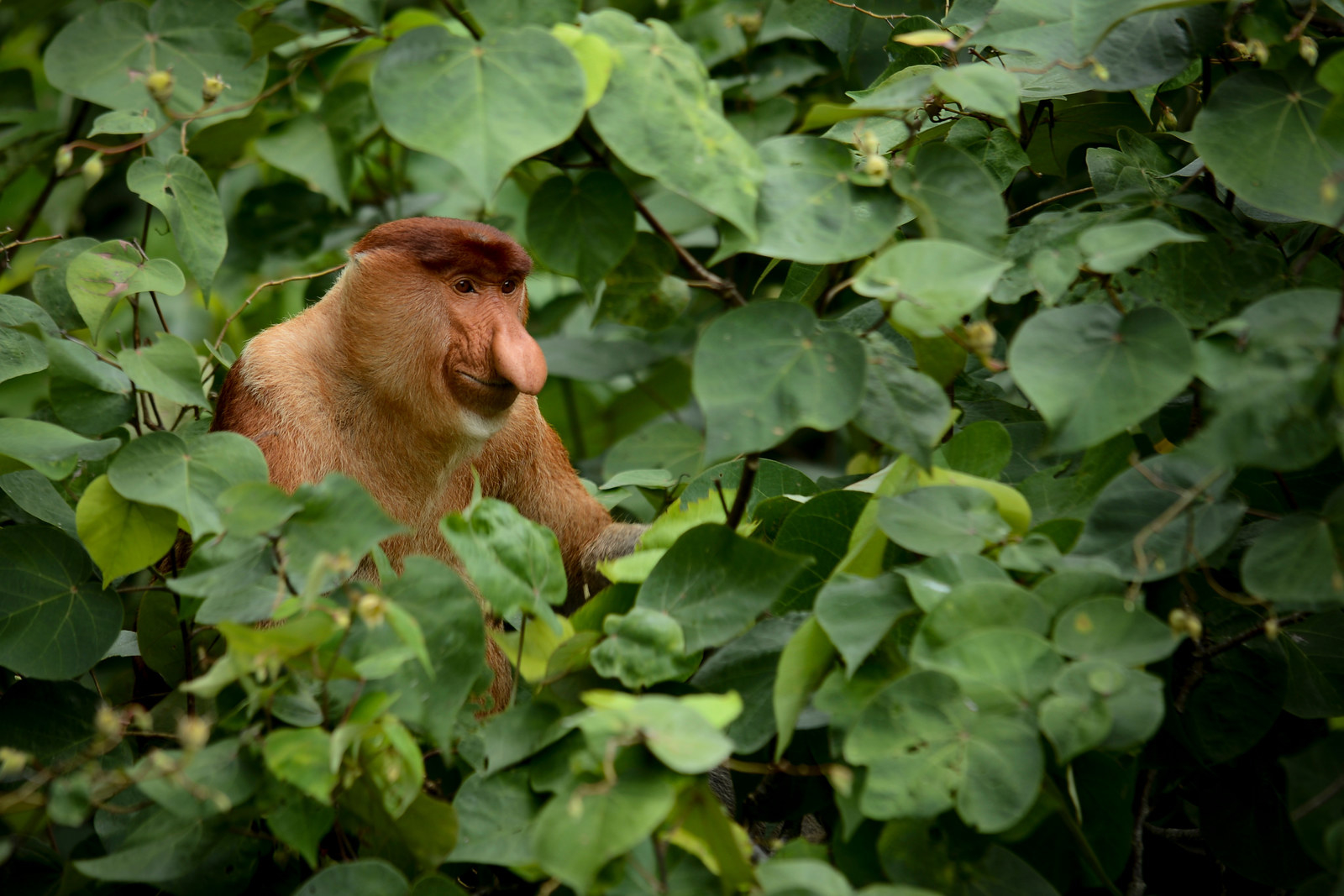Meet the proboscis monkey, an endangered species native to the southeast Asian island of Borneo whose males have a pretty interesting-looking nose.
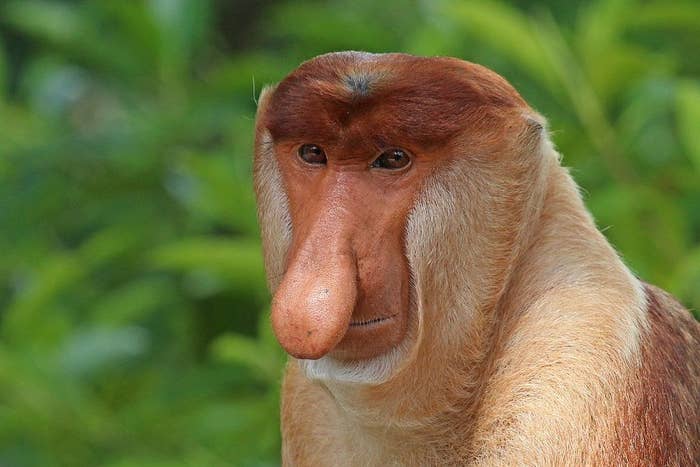
For years, scientists have wondered why male proboscis monkeys have such large and floppy noses.
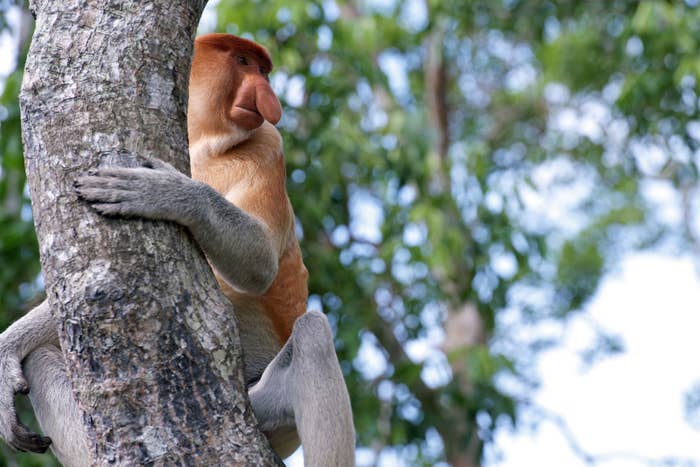
Some experts theorized that the noses — which in some monkeys can hang over and below the animal's mouth — act as a "resonating chamber," allowing the male monkey's territorial calls to echo through the forests where they make their homes.
An 18-year study published this week in Science Advances appears to have finally solved the mystery — scientists have found a clear link between nose size and the number of female monkeys in a male proboscis monkey's harem.

The study, "Nasalization by Nasalis larvatus: Larger noses audiovisually advertise conspecifics in proboscis monkeys," was conducted by scientists from Sabah Wildlife Department, Danau Girang Field Centre, Cardiff University, and Kyoto University.
For the study, researchers took measurements and observed the behavior of free-ranging proboscis monkeys in the Lower Kinabatangan Wildlife Sanctuary in Malaysia and analyzed the vocalizations of monkeys in three different Asian zoos.
According to the study's abstract, these scientists found "significant correlations among nose, body, and testis sizes and a clear link between nose size and number of harem females."

Researchers observed that a big-nosed proboscis monkey tended to be larger and bulkier overall and have larger testicles than a male monkey of the same species with a smaller nose.
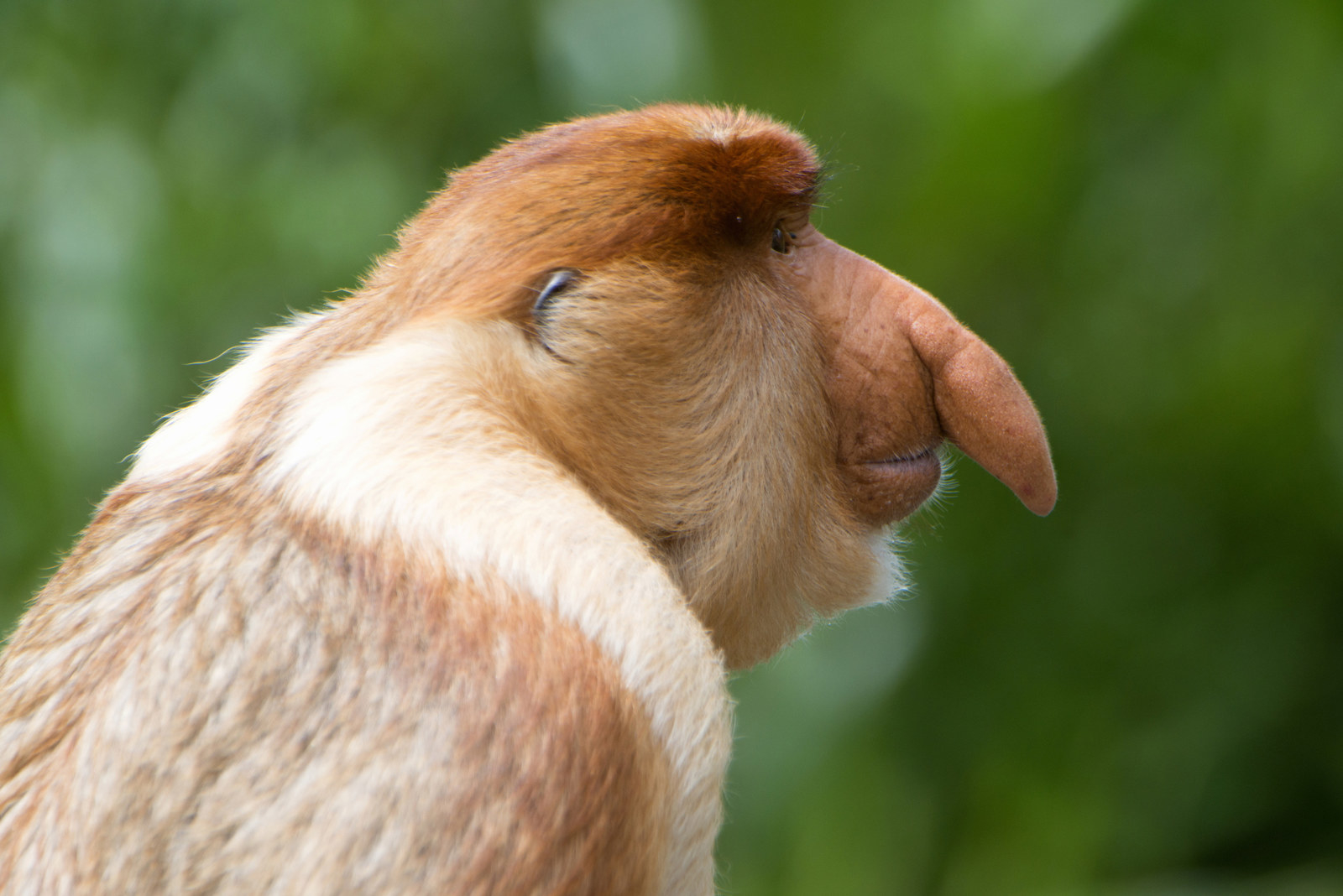
Male monkeys with big noses were also way more likely to have a pack of harem females than their small-snouted compatriots.
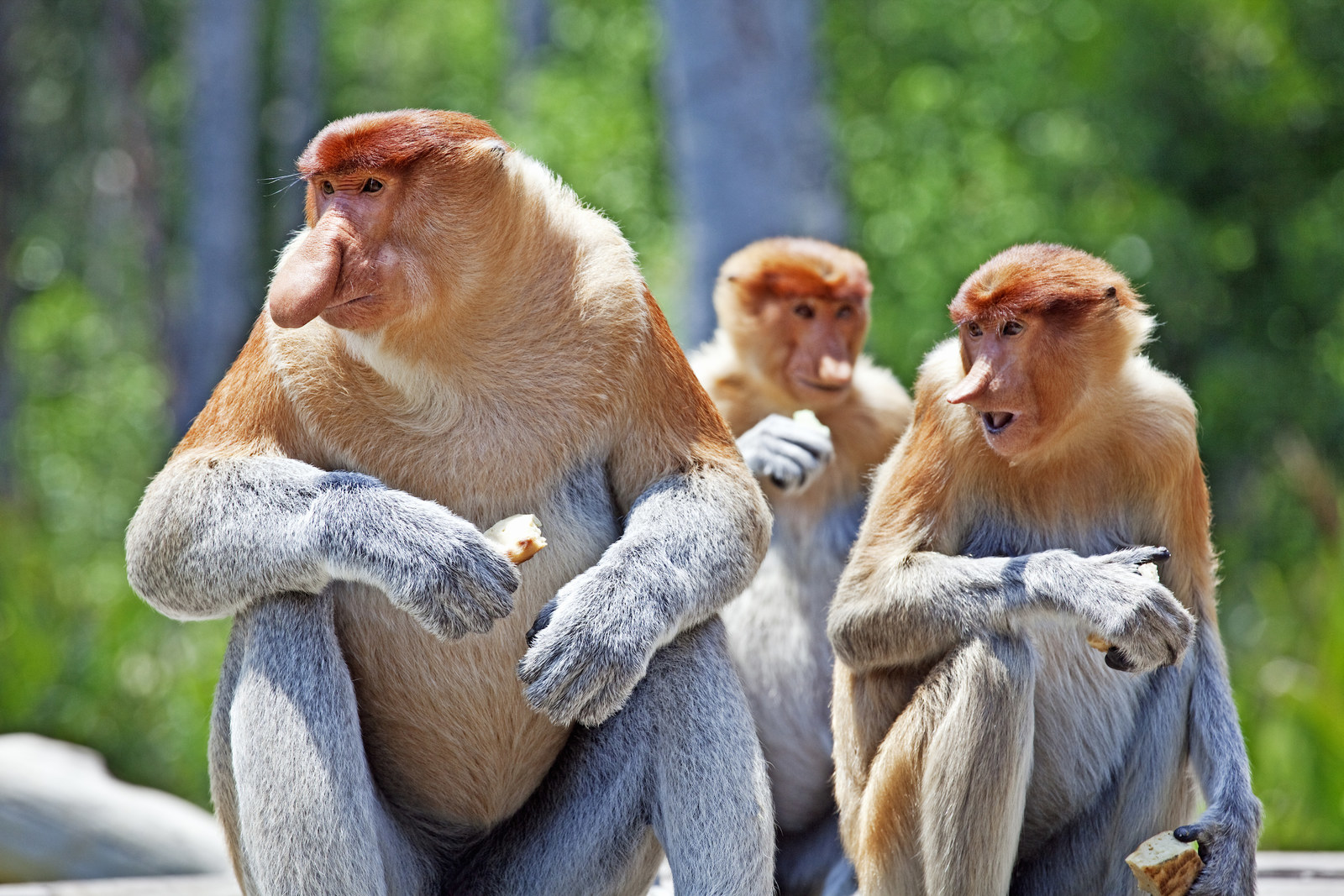
Researchers also found that male monkeys without females living in bachelor groups tended to have smaller noses than the dominant males with harems.

Nose size, they found, affects the way a proboscis monkey's mating call sounds, allowing female monkeys to seek out males with larger noses.
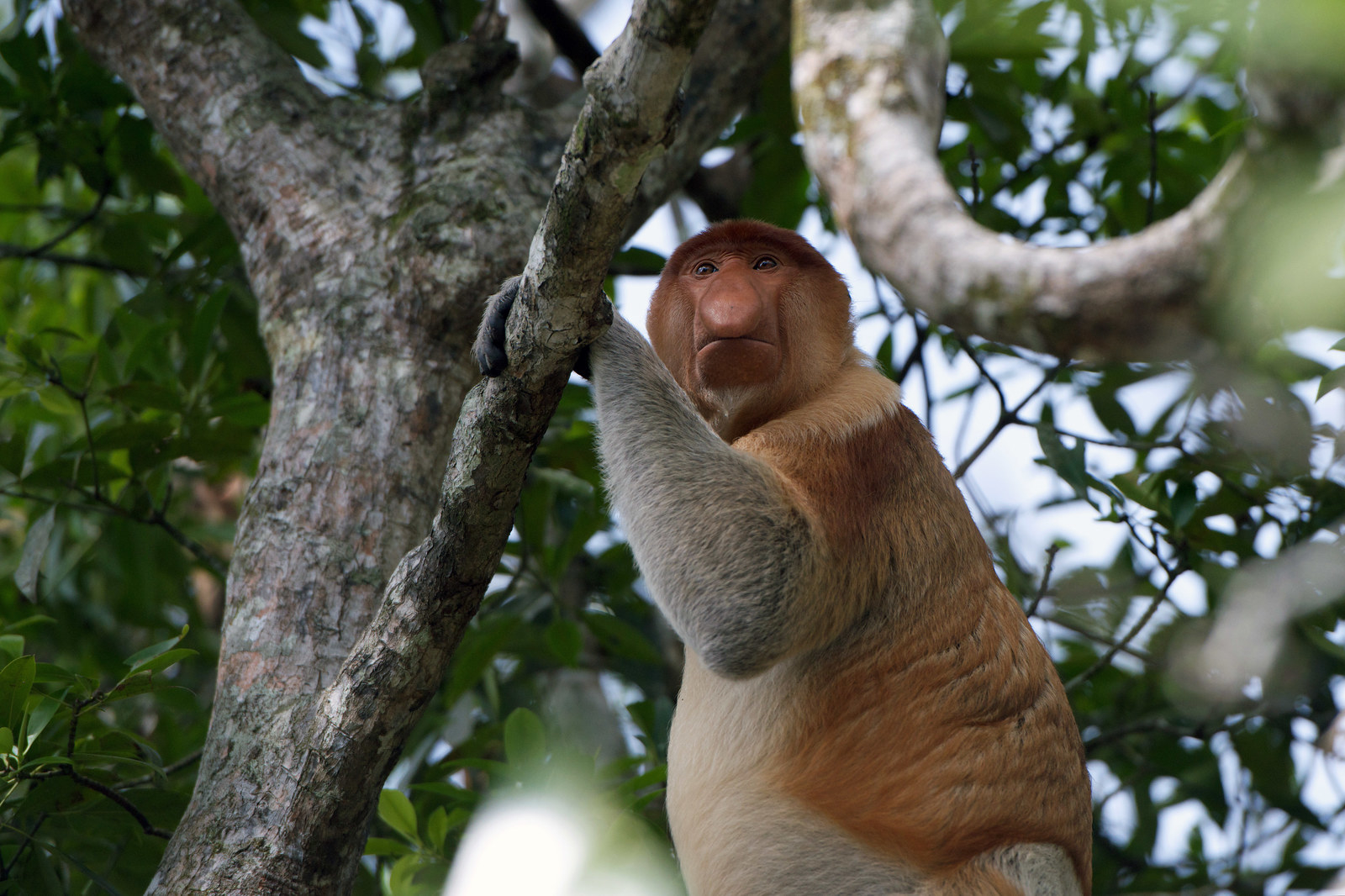
For proboscis monkeys at least, it seems size really does matter.
